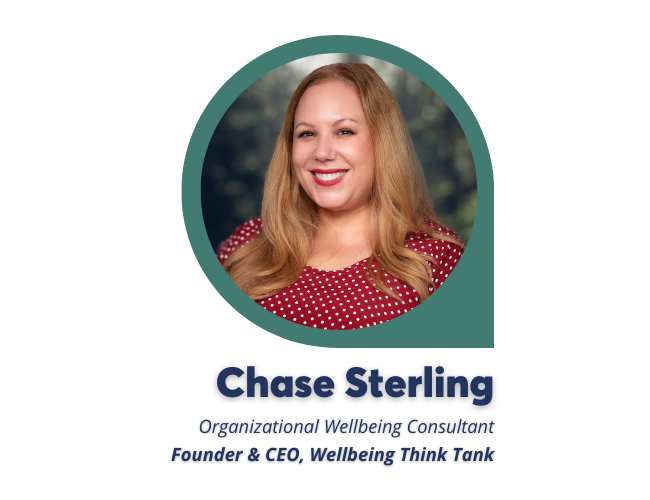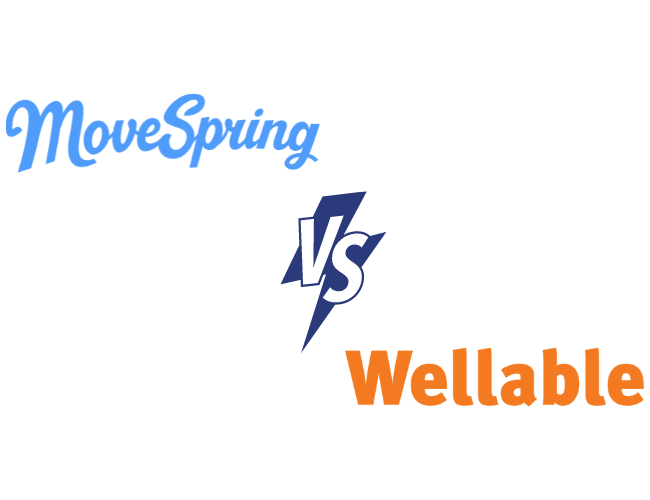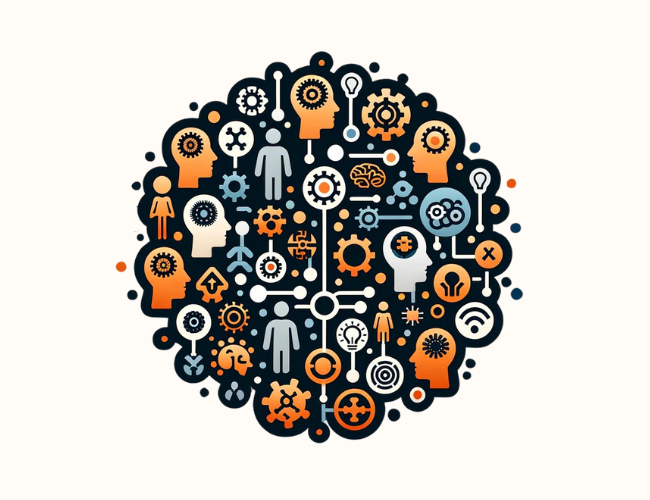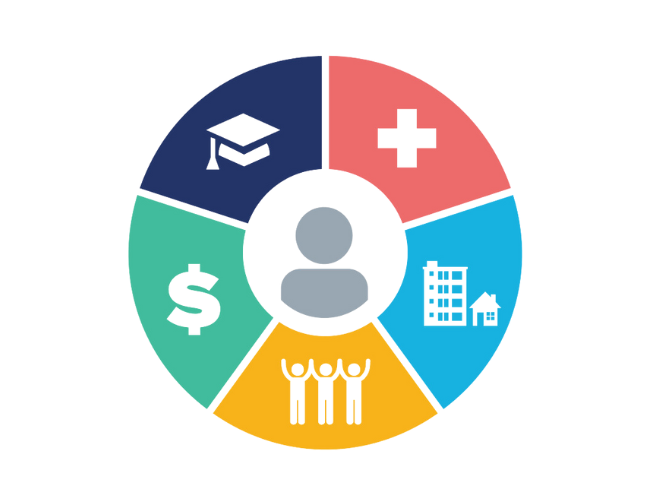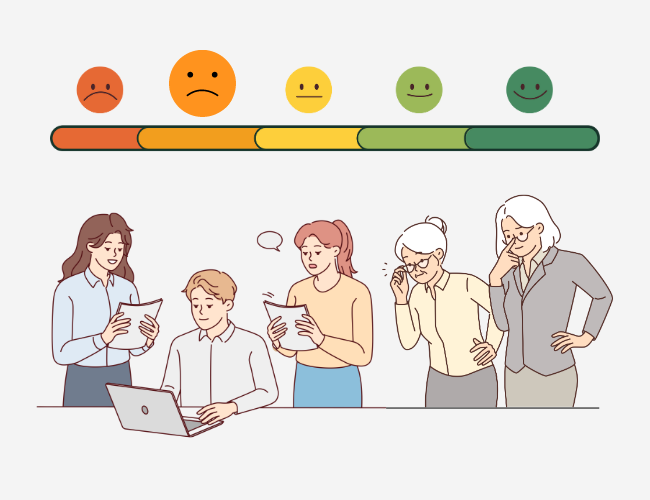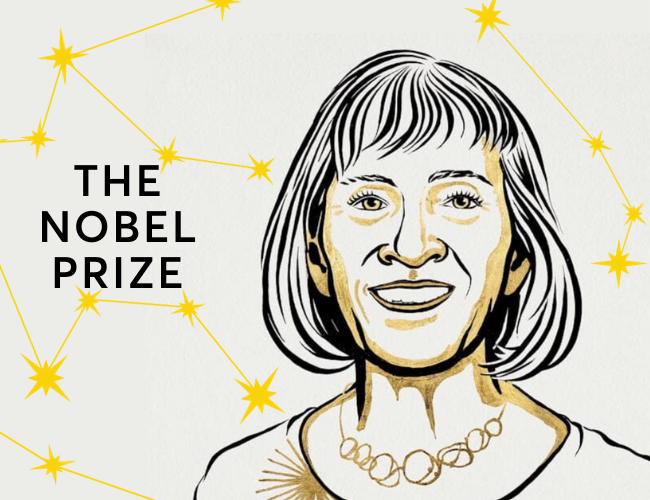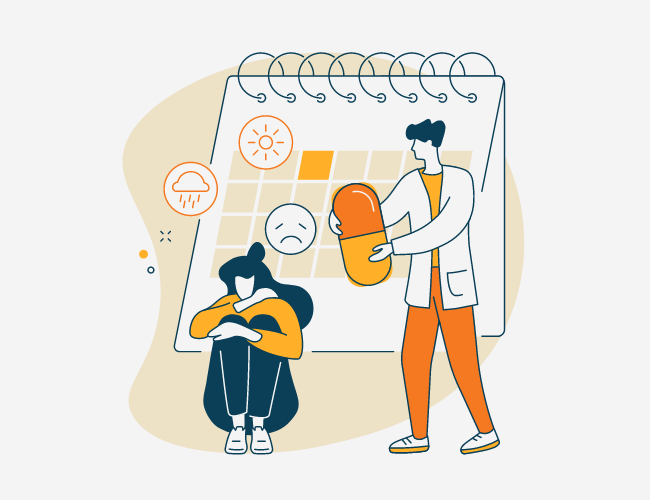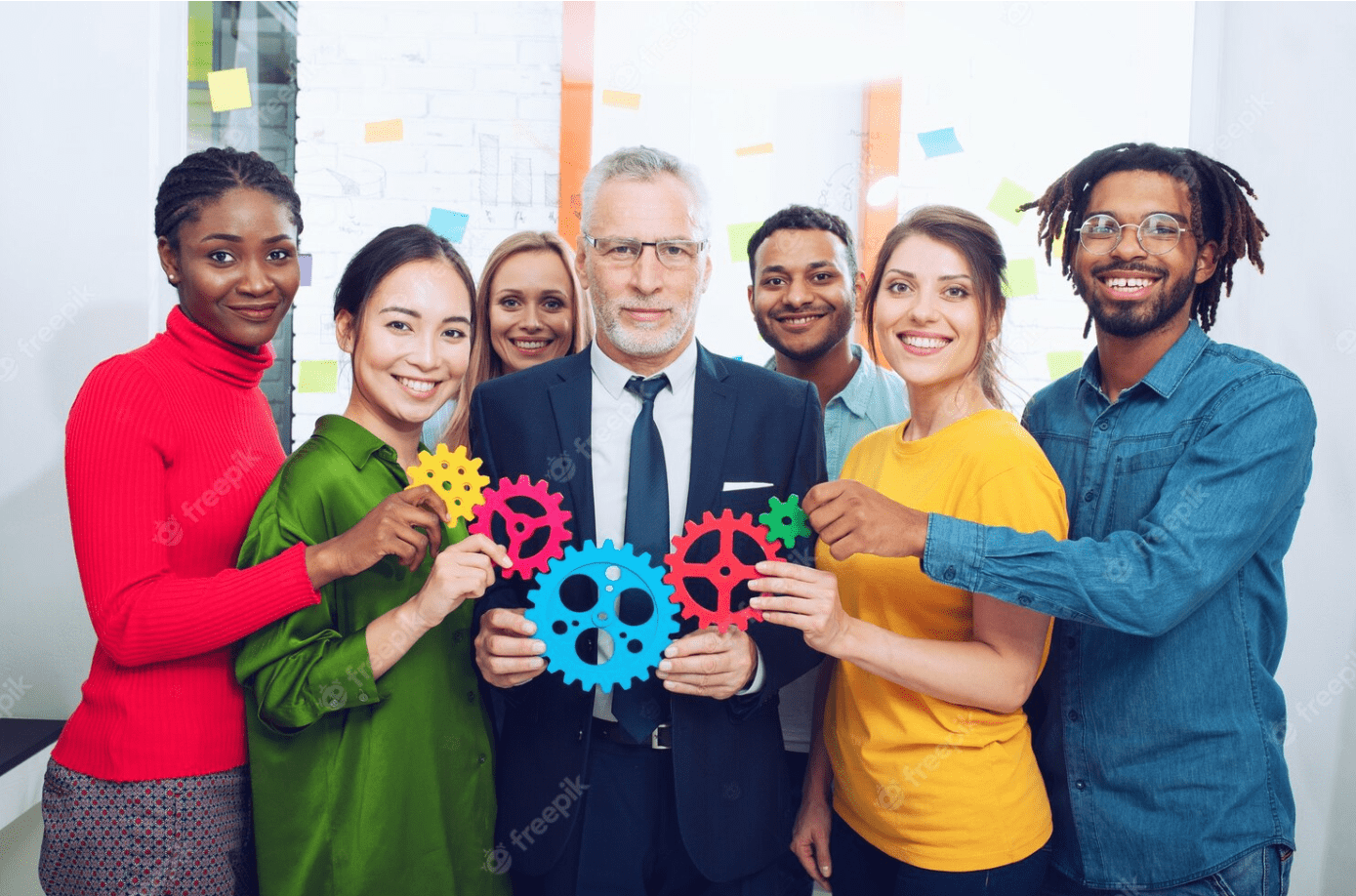Every month, Wellable asks a single question to the large, growing, and dedicated community of human resources and wellness professionals subscribed to the Wellable Newsletter. This month, Wellable asked respondents if their organization has strategic diversity, equity, and inclusion (DEI) plans. Of the 132 employers polled, nearly six out of ten stated that they have a DEI plan.
Does your organization have a strategic diversity, equity, and inclusion plan?
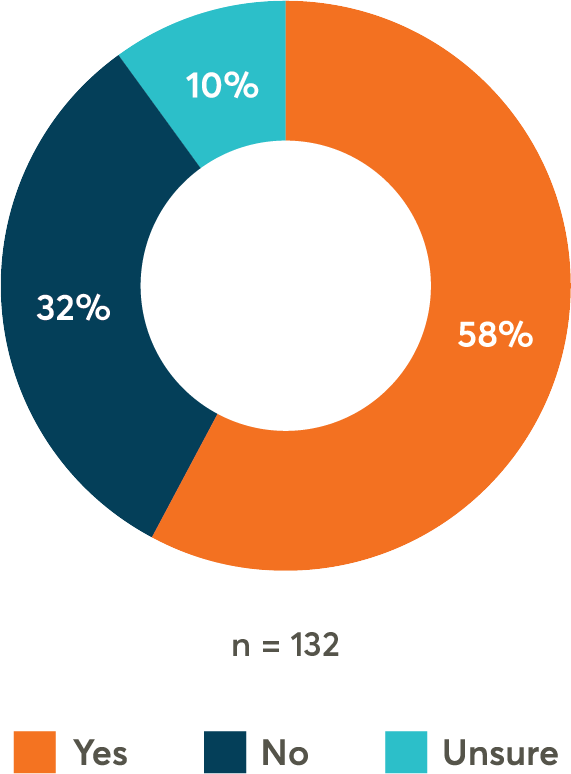
These results suggest that diversity, equity, and inclusion is becoming increasingly important to employers. But what exactly is diversity, equity, and inclusion in the workplace? Often these terms are used interchangeably, as if they refer to one single concept, but the reality is that each of these concepts has its own distinct meaning. By separating these terms from one another, employers will be better poised to create more effective DEI initiatives and determine when their DEI goals have been met. To assist employers in this task, Wellable characterizes these terms below.
What Is Workplace Diversity?
Diversity is the most straightforward of the three concepts. In the most general sense of the term, diversity refers to differences among people in a group. The more differences there are between members of a group, the more diverse the group is. Workplace diversity refers to differences between the employees that make up the workplace (e.g., race, gender, sexual orientation, age, socioeconomic status, etc.).
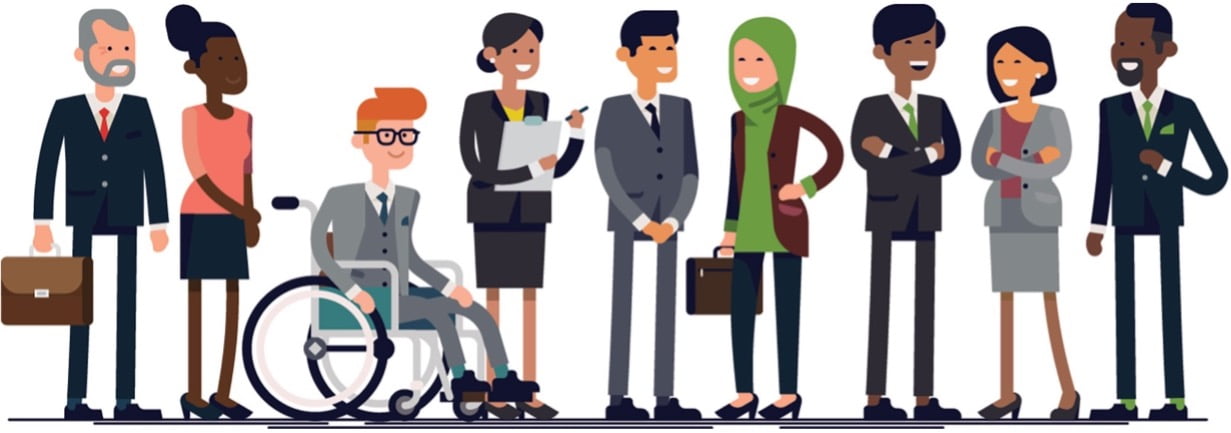 Visual representation of workplace diversity. Credit: Shutterstock
Visual representation of workplace diversity. Credit: Shutterstock
What Is Workplace Equity?
Companies develop DEI initiatives both for economic reasons and ethical ones (e.g., to correct for historical injustices). In either case, diversity alone likely won’t be enough to accomplish your company’s DEI goals. Organizations must ensure that they are treating their diverse employees equitably.
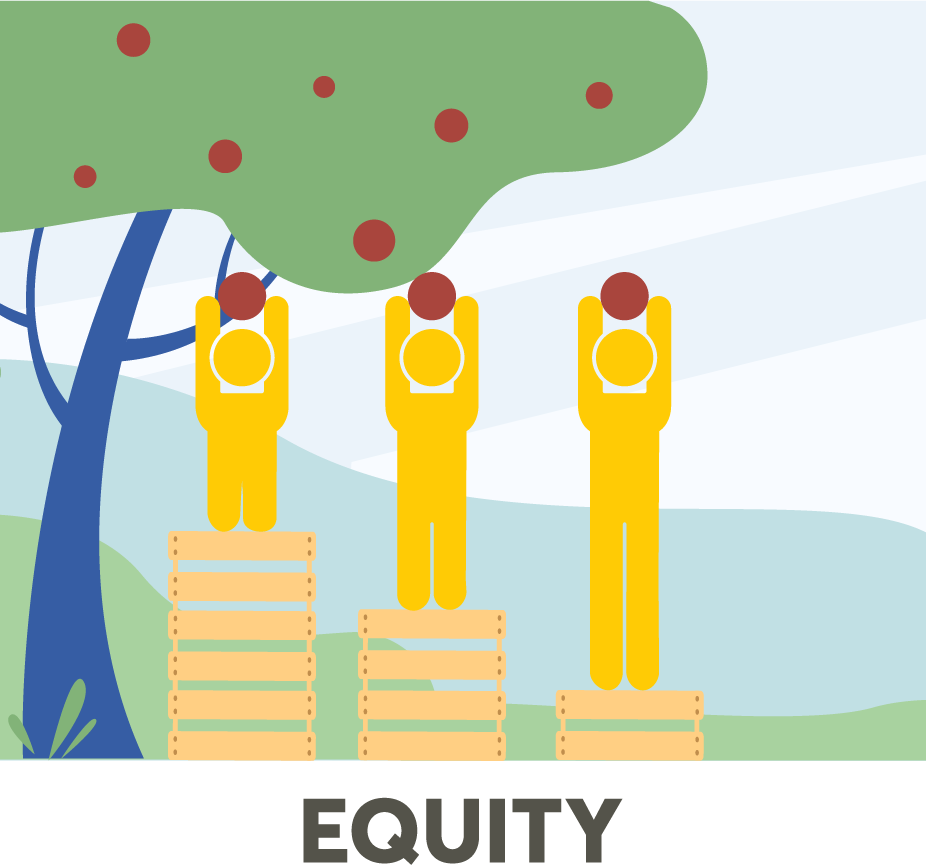
Workplace equity requires businesses to recognize that their employees aren’t working from a level playing field. Some are struggling to cope with mental health issues. Others are dealing with the effects of a lifetime of gender and/or racial discrimination. As a result, companies will need to provide different employees with different resources to ensure that everyone in the workforce has the same opportunities and abilities to achieve their career goals.
What Is Workplace Inclusion?
Workplace inclusion refers to the degree to which employees:
- Feel welcome and valued: Employees must feel that their employers want them on the team because their unique backgrounds, perspectives, and skillsets are seen as an asset to the company, not just because they help the organization meet some diversity quota.
- Have a voice: Ensuring that employees know that their backgrounds, perspectives, and skillsets are valued is a good start, but unless they can play an active role in the decision-making processes in the teams that they are a part of, genuine inclusion will not have been achieved.

